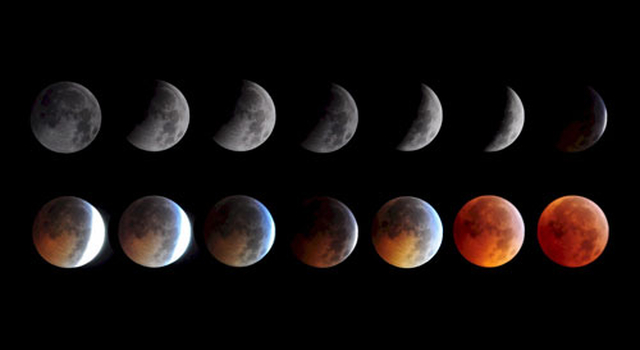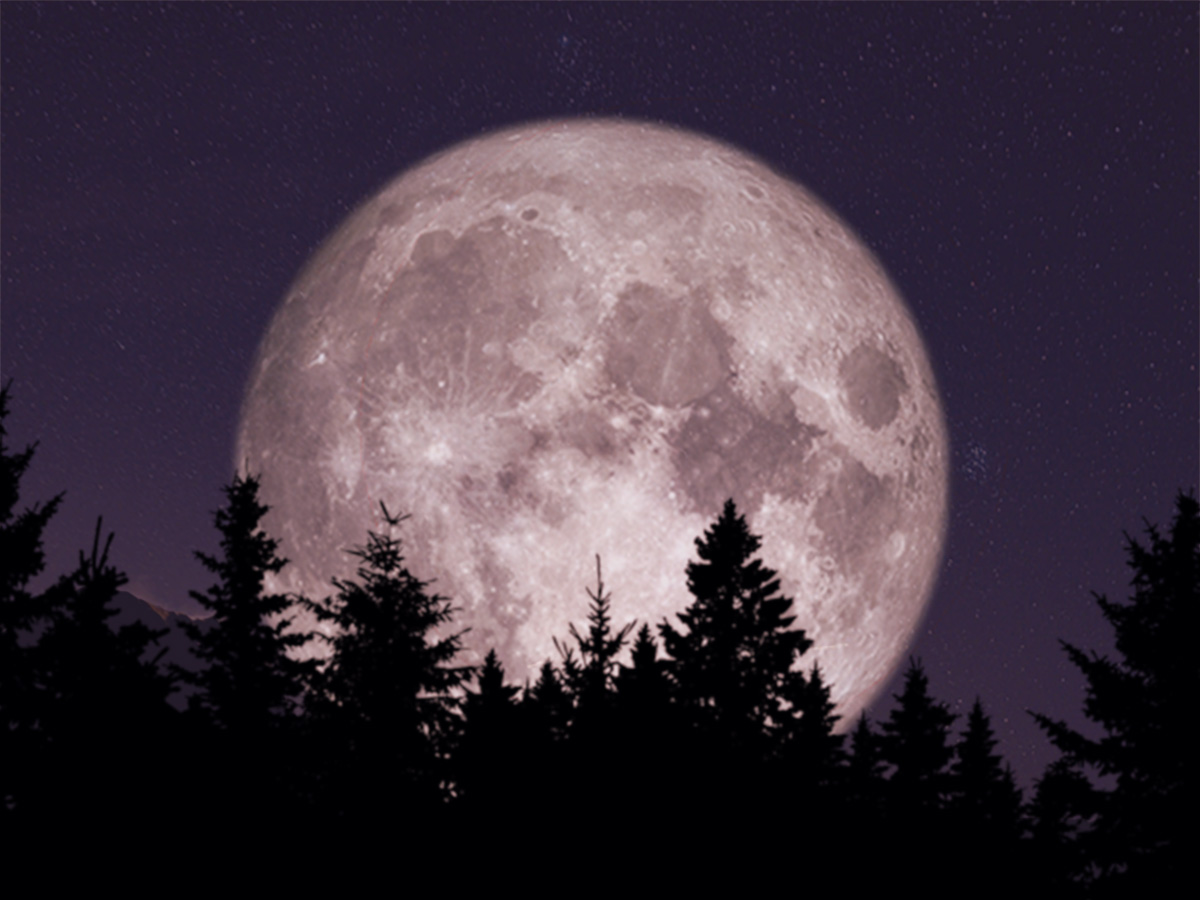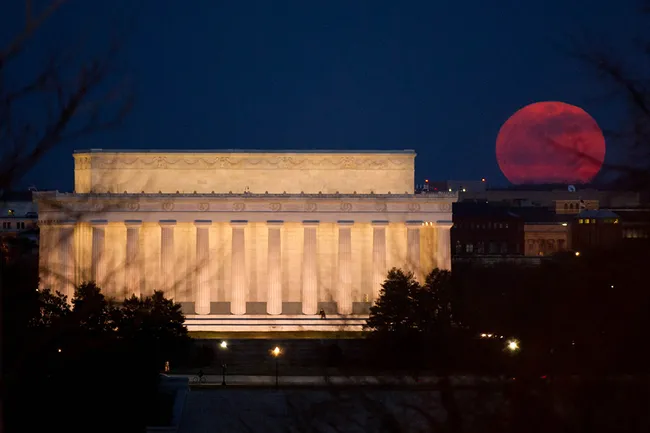
 Credit: NASA/JPL-via Kieth Burns
Credit: NASA/JPL-via Kieth Burns
Credit & Copyright: Noel Munford (Palmerston North Astronomical Society, New Zealand)
Lunar Eclipses: What Are They & When Is the Next One?. Space.com, November 2017
Eclipses Were Regarded As Omens in the Ancient World. Space.com, August 2017
Eclipse 101. NASA, 2017
Exploring lunar and solar eclipses via a 3-D modeling design task. Science Scope/NASA, October 2016
How to Get your Kids into Star Gazing. Time, August 2016
Lunar Eclipse Myths From Around the World. National Geographic, April 2015
David H. Levy's Evening Stars: The Bard and astronomy*. Astronomy Magazine, July 2009
Earth's transmission spectrum from lunar eclipse observations*. Nature, June 2009
* = available in LHL print collection only

Credit: NASA
2017's only supermoon to occur on Sunday, December 3. Is it really that super? Astronomy.com (blog), December 2017
Dark side of the moon: Motorcycle deaths linked to full moons. Princeton University, December 2017
What Is a Supermoon?. Space.com, December 2017
Moon, super-moon, planets of the solar system and star Vega: brightness and size. Journal of physics and astronomy, January 2017
Observe the Moon: Supermoon. NASA
'Supermoon' Science: NASA Explains the Closest Full Moon Until 2034. Space.com, November 2016
Eclipse of the Super Moon*. Astronomy.com, September 22, 2015
Micro moon versus macro moon: Brightness and size. ArXiv.org, July 2015
The truth behind the Super Moon*. Astronomy.com, July 2014
Inconstant Moon: The Moon at Perigee and Apogee. Fourmilab Switzerland, May 1997
* = available in LHL print collection only
Viewing a lunar eclipse doesn't require special eyewear or safety precautions; because the eclipse is at night, it's completely safe to watch with the naked eye. A telescope isn't even necessary.
A pair of binoculars will help magnify the view and will make the red coloration brighter and easier to see. A standard pair of 7x35 or 7x50 binoculars work fine.
 Read Erika Rix's articles on Astro Sketching at Astronomy.com
Read Erika Rix's articles on Astro Sketching at Astronomy.com
 How to Photograph the Supermoon: NASA Pro Shares His Tips, November 2016
How to Photograph the Supermoon: NASA Pro Shares His Tips, November 2016
 How to photograph a lunar eclipse 2024. Space.com, May 2023
How to photograph a lunar eclipse 2024. Space.com, May 2023

Credit: NASA/Aubrey Gemignani